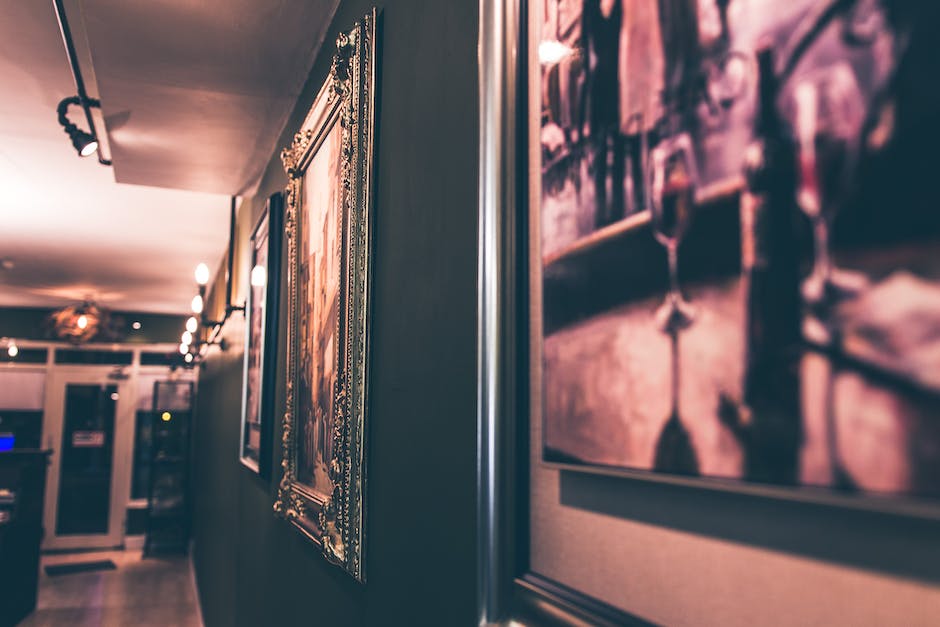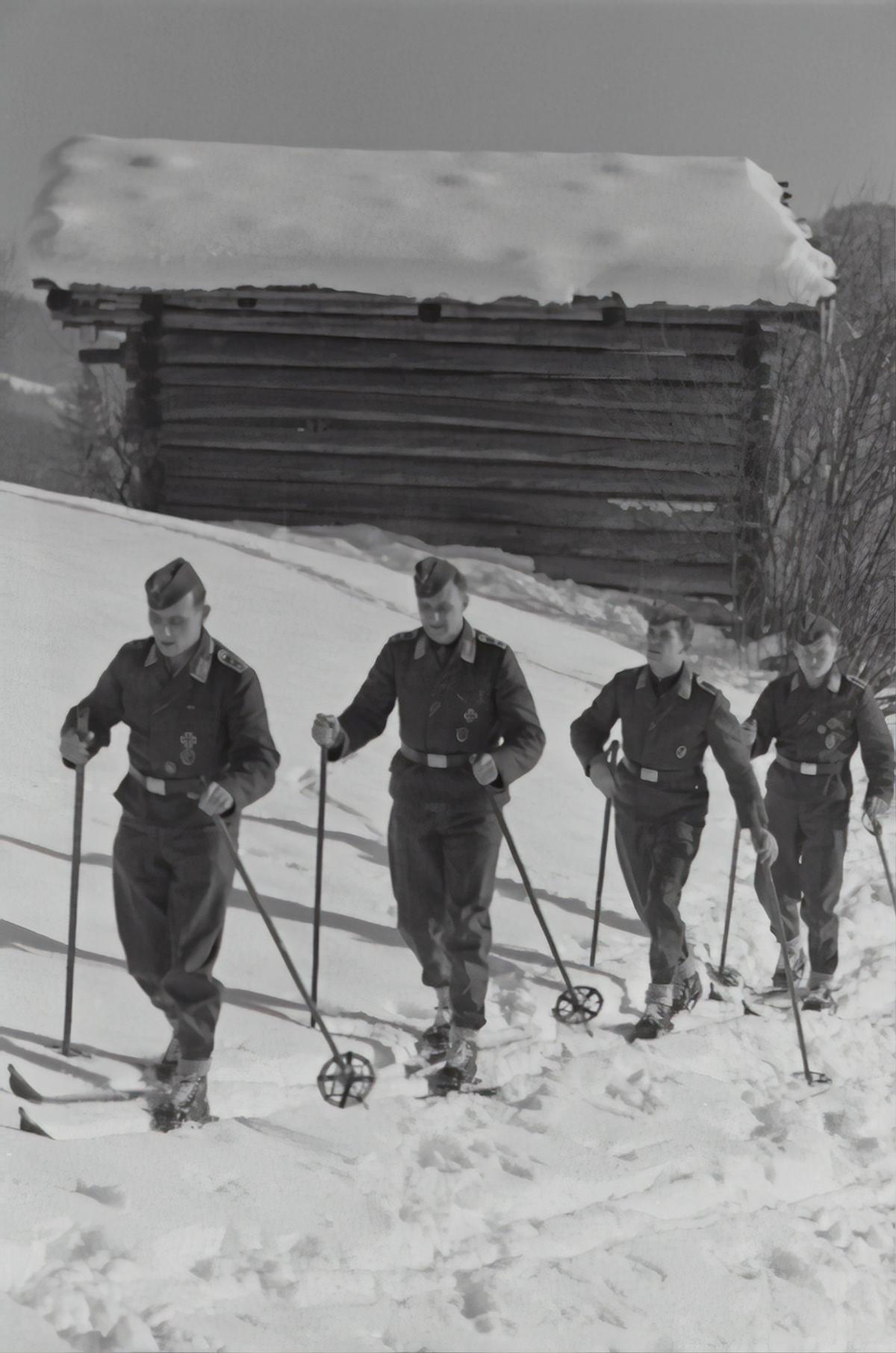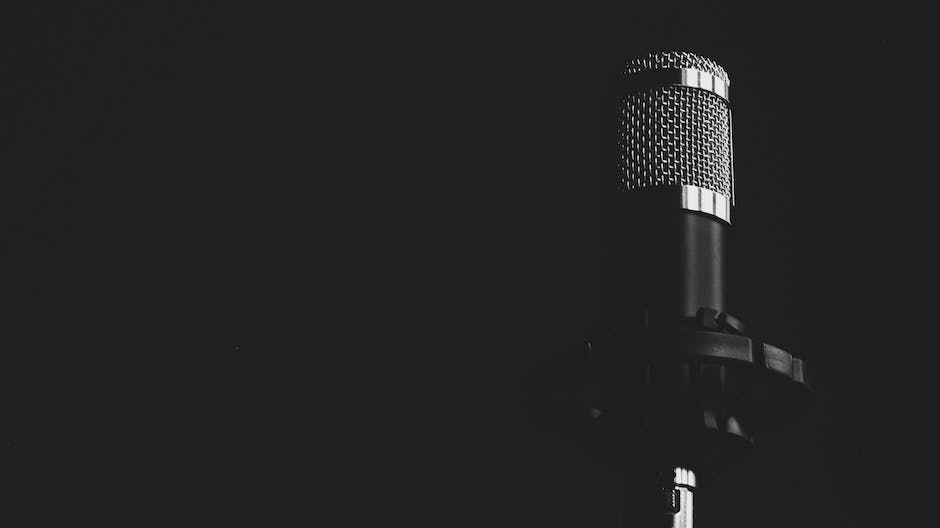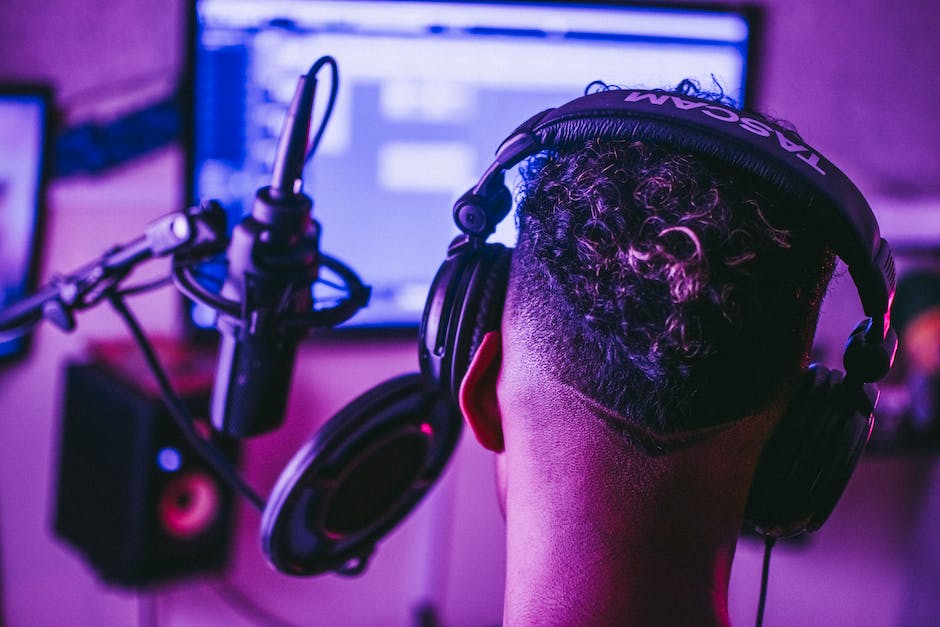In the vast spectrum of sound recording and production, one method stands out for its unique ability to replicate human hearing with astounding accuracy: Binaural Recording. Through this immersive technology, anyone wearing a simple pair of headphones can experience the incredible sensation of three-dimensional audio, feeling as though they are sitting inside a concert hall, strolling through a bustling city, or immersed in any auditory scene the recording presents. Striding away from traditional stereo techniques, binaural recording uncovers a more natural and intimate sound experience, captivating the listener in unparalleled ways.
Understanding Binaural Recording
Binaural Recording: The Gateway to a Profound 3D Sound Escapade
Music – It’s the light that pierces through the opaque canvas of the world, the universal dialect that transcends linguistic barriers, and the unseen thread that interweaves and connects souls. A sphere of influence that is far-reaching and unfathomable, emitting waves of emotions and evoking a chorus of feelings within us. And when you combine this magical entity with technology’s prowess, a symphony of sensational experiences awaits. One such confluence is the revolutionary soundscape called binaural recording.
Unlike stereophonic or surround sounds, where the audio might seem to come from various directions or distances, the charm of binaural recording lies in its ability to generate an immersive, three-dimensional auditory experience. Poetically speaking, it’s akin to plucking the symphony straight from the concert hall and plunging it right into your ears, capturing every nuance, every resonance with stunning accuracy.
But what exactly triggers this unrivaled, palpable musical experience? The answer, interestingly, lies in the human auricle, the technical term for our ears. When a sound wave envelopes our ears, slight time and amplitude variations happen based on the direction it comes from. This intricate process called HRTF (Head-Related Transfer Function) is the foundation stone for binaural recording.
Imagine a sonic sphere is encircling your head. When a sound from this sphere hits your left ear first and then the right, your brain understands the sound source is to your left. Binaural recording captures this precise audio path, incorporating the time delay and the frequency modifications caused by the interaction with our head and ears, simulating a ‘3D auditory space.’
To craft this authentic 3D illusion, an essential tool, christened binaural dummy head microphone, is employed, an eerily accurate replica of a human head stuffed with high-fidelity microphones in lieu of eardrums. Consequently, the binaural recording valiantly mimics the journey of sound into our ear, transporting listeners onto an incredible acoustic carpet ride, evoking the concert hall’s vibrancy or making them feel the palpitations of a beating heart in an ASMR video.
Notably, the most prominent advocate of this technology was the visionary composer, Lou Reed, whose album “Street Hassle” introduced music aficionados to the striking capability of binaural recording to create an immersive environment beyond the forefront of musical boundaries.
Fast forward to today, and the technology continues to be embraced in various arenas, from VR applications to audiobooks, from video gaming to ASMR content, painting an enthralling audioscape that’s incredibly real, vivid, and affective.
The magic of music, after all, lies not just in the orchestration of notes but in the journey it takes us on. Binaural recording brings out this journey in its full glory, rendering a surreal, enveloping, and majestically three-dimensional experience. It’s far from just tape and microphones, but a gateway to another dimension, a defining testimony to how technology and imagination, woven together, can create an awe-inspiring symphony that resonates through the nuances of our perception. It’s truly music – heard, felt, and lived.

History and Evolution of Binaural Recording
One might find oneself wondering about the roots of binaural sound. The history of this sonic marvel can be traced back to the year 1881, at the Paris-based ‘Exposition Universelle’, also known as the World’s Fair. It was here that Clément Ader, a French engineer, presented his ‘théatrophone’ – a two-channel audio system that used parallel telephone lines to broadcast live opera performances to paying listeners. Briefly put, it was the escapade that stepped up to ignite the birth of binaural recording.
Fast-forward to the 1970s, and technology had moved a few steps forward, paving the way for the first commercial binaural album. The album ‘Spaces’ by Beaver & Krause, pioneers of electronic music, was released in 1971. This masterpiece brought binaural recording into the mainstream and opened the door for other artists to follow.
Progressing from there, the digital age boomed, and it came wielding advancements that allowed binaural sound to flourish. With the introduction of digital signal processing, artists could now record and manipulate audio in ways that utilised the nuances of human hearing. Music makers dabbled with these digital miracles, creating sounds that seemed to move around, in, and through the listener.
Fast forward, and you get to the 21st century, where equipment to create binaural sound is more accessible than ever. From indie creators recording ASMR on YouTube to musicians in state-of-the-art studios, the reign of binaural sound is far from over. With evolving technology, the possibilities of what can be achieved with binaural recording are expanding like an unruly symphony.
Presently, we stand on the edge of a new dawn in audio capture and delivery with the rise of immersive audio formats like Dolby Atmos. The legacy of binaural recording continues to be a potent catalyst in this ongoing revolution in the music industry.
But, beyond tech, gadgets and recording equipment, the core of binaural recording remains in its spirit – the quest to closely capture and reproduce the sound and intimacy of real-life experiences. It’s sensory poetry, a doorway into another’s perception. It’s the power, the passion, and the potential of what music can be when it’s not just heard, but truly listened to.
In an age where we can travel through galaxies from the comfort of our homes, binaural recording has become an indispensable tool in shaping these interstellar journeys. As the years go by, this technology only continues to ascend in its sophistication and influence. Indeed, binaural recording is not only an advancement in music technology but rather a pivotal reinvention of how we connect with sound.
We stand in the middle of an evolution, as the boundaries of what is audibly possible are constantly being pushed. And as we stand on this precipice of audio evolution, we are reminded that music – in its many forms and echelons – continues to unite, enthral, and create magic. Binaural recording is not merely a technical tool; it’s a celebration of sound, a testament to human innovation and a musical milestone bearing the echoes of our continued journey through the wondrous depths of sound.

Photo by austriannationallibrary on Unsplash
Binaural Recording Equipment & Techniques
After being swept away by the thrilling journey through the history and advancements of binaural recording thus far, one can’t help but wonder, “How does one get in on this action?” The answer lies in the culmination of passion, vision, and essential gear. For a miraculous marvel in audio engineering like binaural, the list of requisite hardware is surprisingly short.
At the heart of any binaural recording endeavor are a high-quality pair of microphones. More specifically, omnidirectional condenser microphones, perfect for capturing ambient sounds across a spherical landscape. These two are set apart at roughly the average human ear distance in a simulation of human-like listening. Well-loved industry staples for the task are the Neumann KM 183 and the Sennheiser MKH 8020.
Next comes one of the stars of the binaural recording: the dummy head or the artificial head. Don’t be misguided by the disconcerting name, the aim for realism in binaural recording calls for mimicking the human auditory system as closely as possible – as a result, the eerily human resemblance of these head-shaped fixtures with built-in mic placements. Both Neumann KU 100 and the 3Dio Free Space Pro are trusted options.
Entering the realm of digital recording, an Audio Interface is non-negotiable. It takes our analog world of sound, launching it into the digital empire for the heart-stopping manipulation and post-production that can envelop listeners in a multidimensional reality. Recommended options are the Apollo Twin MKII DUO or the Focusrite Scarlett 2i2.
As for the best techniques to utilize, bear in mind that binaural recording triumphs in crafting auditory landscapes that mirror real-life experiences. Set up the microphones in the environment where the sound source naturally exists. Be mindful of the directionality of sound. Experimentation is king here, truly sinking into the environment’s acoustics and understanding the ripple effects of sound.
Understanding the head movement is another crucial subtlety often overlooked. The slightest tilt can usher in new sound dimensions and nuances, transforming a static recording into a living, breathing entity. Record standing up, seated, and focus on head movements to grasp the true essence of binaural stimuli.
Lastly, play around with distance to the sound source and sound intensity—strategically place sound sources at varying distances, from a soft whisper to a thunderous boom. Understanding the intricate interplay between proximity, intensity, and the resulting impact can truly unlock the boundless potential of binaural recording.
Following this passionate pursuit of audio excellence with binaural recording, one becomes privy to truth of sound. A world rigidly bound by a mere left-right equation transforms into a universe of swirling sounds and spatial depth; bringing to the foreground, the unspoken magic of audio realism. Carving out your escapade in the realm of binaural recording is not just a technological milestone, but a testament to how our love for music transcends the conventions of space and time. From inventing the théatrophone to the soaring popularity binaural sound enjoys today, every step is a triumphant dance celebrating the human innovation, our shared love for sound, and the timeless power of music. We are ever-evolving, steadily pushing those boundaries of what’s audibly imaginable, pouring heart and soul in every beat, every chord, and every note. This is the spirit of binaural recording – it captures life, in all its melodies.

Binaural Recording in Different Music Genres
Peering through the gateway created by binaural recording, the enlivening enhancement each genre receives is uncanny and rhythmic to the spirit. From the buoyancy of electronic music to the hefty beats of hip-hop, the melancholy of blues to the intense power of heavy metal—the technique brings each music genre’s distinctive qualities to life, crystallizing the listener’s experience, making it pronounced, intimate, even personal.
In exploring binaural recording’s effect on different genres, a standout example is within electronic music. Take, Yosi Horikawa’s album “Vapor,” for instance. Horikawa utilizes everyday sounds and rhythmically weaves them together, producing an audibly tangible feast. But the real magic happens when listened to across binaural recording, where synthesized notes and bass find their groove beneath the tangible rustle of the rustling bamboo, morphing into tangible soundscape experiences that one could almost touch or feel.
Jazz, with its complex compositions and improvisational nature, benefits significantly from binaural technology. A moving example is “Upward Spiral” by The Branford Marsalis Quartet featuring Kurt Elling; listeners can explore the intricate interplay between each instrument, tracing every line of music as it winds intricately through the mind’s ear. The recording gives a seat at the club, close enough to appreciate each slide, strum, and breath as if yielding to the rhythm of the performance firsthand.
Savoring the raw potency in folk and acoustic music also becomes profoundly engaging through binaural technology. Take Gordon Hempton’s “Earth is a Solar Powered Jukebox: Spring” as an example; Hempton carefully maps the serene ambiance of nature, encapsulating the listener within the sylvan wilderness. Each chirp, rustle, and silence in between is potently magnified to build a symphony only the wild can create.
Celebrating the pure power that music has as a uniting force also showcases the electrifying bass and rhythmic cadence of hip-hop through the binaural perspective. An outstanding album for this genre is “Panoramic Sounds,” where rappers contrast and echo across the stereo field, drums thud from varying angles, and the listener becomes part of the gritty urban landscapes painted by the lyrics.
Innovations in music technology have propelled binaural recording to the forefront, providing listeners of all genres a unique immersive world without boundaries. The journey of tracing beats, absorbing each note, and feeling the vibes more intimately is an irresistible lure for avid followers or first-time explorers.
Instrumental to binaural recording’s success is the significant roles miniaturized, high-quality microphones play. Brands such as Neumann KM 183 and Sennheiser MKH 8020 cater to this need, reproducing near-authentic sound with precision and depth. Expert sculpting of artificial heads or dummies, such as the Neumann KU 100 and 3Dio Free Space Pro, is pivotal to capturing the auditory nuances and creating a wholesome listening experience.
Finally, an efficient audio interface is integral for the digital magic to take shape, with Apollo Twin MKII DUO and Focusrite Scarlett 2i2 leading the pack. These gear combinations become sonic paintbrushes, painting auditory experiences across listeners’ minds, urging them to wander, experience and most importantly, feel.
The beauty of binaural recording is that it does not reinvent the wheel; instead, it dissects it element by element, then intricately weaves them into a cohesive, immersive tapestry. It uncaps the traditional listening experience, transforming it into a new norm, a new journey, a new exploration—an auditory revolution, redefining the majestic power of sound. With constant evolution, the audibly possible sound will continue to push boundaries, serving as a testament to the relentless spirit of music and human innovation.
The Future of Binaural Recording
The future is now and it’s headed in thrilling new directions, particularly in the realm of binaural recording. As a sonic innovation that alters the auditory landscape, binaural recording steps into uncharted territories, exploring the depth and intensity of the multisensory experience. It’s more than just music, it’s an immersive journey that’s equally expansive and intimate, capable of eliciting profound emotional responses.
As the music industry navigates the ever-evolving technological advances, binaural recording emerges as a new frontier. It’s a shift from the traditional sound design toward a more experiential and immersive audio format that offers the listener a heightened sense of realism and presence. Picture raging waves of a music festival, the mighty roar of the crowd, the pulsating beat of the bass – all experienced from the coziness of your living room. This is the future that binaural recording promises.
Electronic music, famed for its manipulation of frequencies and exploration of sonic territories, stands at the forefront of this binaural revolution. Everyday sounds are plucked from their ordinary contexts and reimagined as part of a vibrant soundscape, resulting in an exquisitely detailed and multi-layered musical canvas.
Binaural technology also has the potential to bring a tactile dimension to jazz music. By capturing the subtlest nuances of each instrument, listeners can essentially be transported to a smoky jazz club, where they’re immersed in the intricate interplay of the drums, saxophone, and piano, and feel each rhythmic pulse as if they were there in the room.
Then, imagine experiencing the warmth and authenticity of acoustic and folk music. The guitar strumming resonates as if just inches away. The singer’s voice, intimate and soulful, echoes in your ears, evoking images of a campfire gathering under the blanket of a starry night. This is the beauty of binaural recording, where an ordinary listening experience is transformed into a multisensory journey back in time or to faraway places.
Hip-hop, too, enhanced by binaural recording, becomes more evocative and electrifying. The pulsating bass, rhythmic cadences and sharp lyrical prowess in binaural perspective drive the visceral quality of this genre to new 3D heights, creating an immersive auditory panorama that’s just as thrilling as a live concert.
Integral to this revolution are the miniaturized, high-quality microphones which lend their prowess to capture auditory subtleties, and to sculpture the artificial heads or dummies, carved to precision to mimic the auditory intricacies of the human head. An efficient audio interface then becomes vital in shaping this auditory sojourn, translating nuances into a cohesive aural journey.
Binaural recording is not just a technology; it’s a revolutionary tool giving birth to new realms of the auditory journey. It transforms the passive act of listening to music into a full-blown sensory experience that wraps you up in its embrace, enabling you to feel the music and its vibrations. With ongoing advancements, the potential is limitless – as are the boundaries yet to be pushed in the quest of audibly possible sound.
Embracing the future of binaural recording means recognizing its transformative power for music and sound. This is a celebration of sound, of human innovation, and musical milestones – a testament to our timeless chase of audio realism and immersive experiences. After all, isn’t that what we all seek in a concert or in the privacy of our own headphones: to hear, to feel, and to be part of the music? This is the future that binaural recording promises, and by the looks of it, the future sounds breathtakingly good.

The advancements in binaural recording technology are set to reshape the way we perceive sound, transforming how we interact with music, films, games, and even augmented and virtual reality environments. As the technology develops, we can anticipate a more immersive audio experience, extending beyond merely listening to feeling present within a sonic landscape. Binaural recording enables us to connect with the auditory world on a more profound and intimate level, opening up sensory dimensions we may barely have acknowledged before. It is more than just a method of sound reproduction; it is an art form in its own right, expanding the boundaries of creative expression.

Comments.
Currently there are no comments related to this article. You have a special honor to be the first commenter. Thanks!